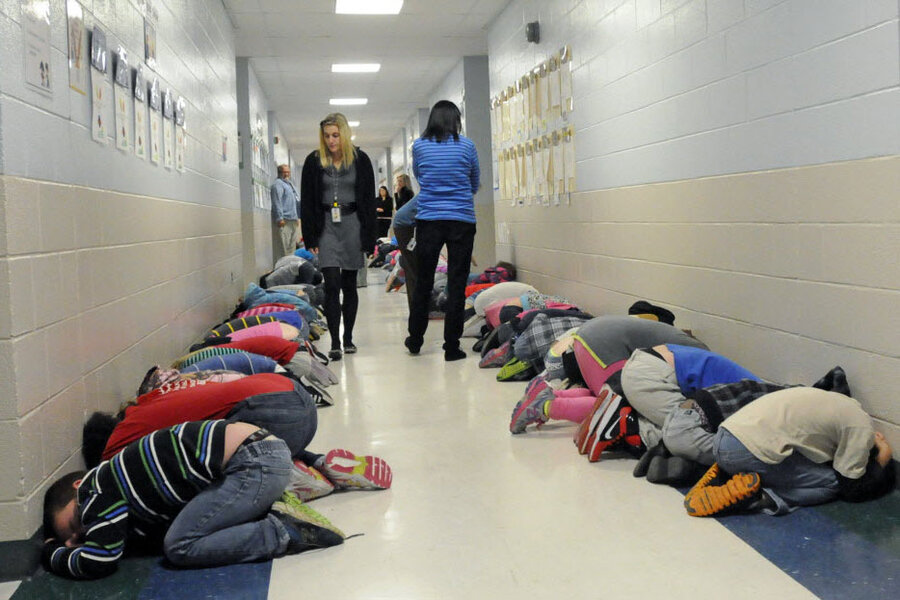As tornado events become more frequent, statewide drills can save lives
Loading...
West Virginia on Monday will test residents' tornado preparedness responses across the state. Indiana and Virginia will do the same on Tuesday, with many other states following over the course of the next month.
Residents of these states will have a chance to practice their emergency plans in case of tornadoes, which do not have a specific season, unlike other storms, such as hurricanes.
“Tornadoes can happen anytime, anywhere, with little or no warning,” said the Virginia Department of Emergency Management in a drill announcement. “Knowing what to do when seconds count can save lives,” the department said.
Tornadoes, which are powerful vortexes of wind, can form anywhere, but most often form in regions with flat, dry terrain, explains the American Museum of Natural History. The most frequent and devastating storms form in a region of the central United States dubbed Tornado Alley, which includes northern Texas, Oklahoma, Kansas, and Nebraska.
The severe weather brought by a winter storm last month caused about a dozen tornadoes to form in parts of Mississippi, Alabama, Tennessee, South Carolina, and Georgia. The powerful twisters damaged dozens of homes and other structures, and took down trees and power poles, according to Weather.com
Back in December, tornadoes in the same region were more destructive, leaving at least eight people dead in Mississippi, Arkansas, and Tennessee.
Through February of this year, tornadoes have killed nine people across the country. In 2015, 36 people died in the violent storms.
And they seem to be growing in numbers in recent years, reports a study published on February 29 in the online journal Nature Communications. The research team, led by Columbia University, analyzed federal tornado records from 1954 to 2014 to find that modern storms from 2004 to 2014 formed 15 twisters per outbreak. In the 1950s, the average number of twisters was 10.
"These discoveries suggest that the risks from tornado outbreaks are rising far faster than previously recognized," Joel Cohen, a mathematical biologist at Rockefeller University and Columbia University, told LiveScience.
The researchers don’t know if the increase is related to climate change or just better tornado reporting.
Either way, it pays to be prepared, say emergency management officials.
“Planning where to go and what to do at a moment's notice is the most important thing people can do to prepare for a tornado," said Bill Sammler, warning coordination meteorologist for the National Weather Service, in a 2008 Virginia tornado preparedness announcement.
The Weather Channel recommends designating a safe room, such as a basement or a space away from windows, to take shelter in during a storm. If driving, people should stop immediately and find safety in a small, protected structure away from windows. And if an indoor area is not available, people trying to stay safe in a tornado should lie flat in a ditch or other low-lying area.







